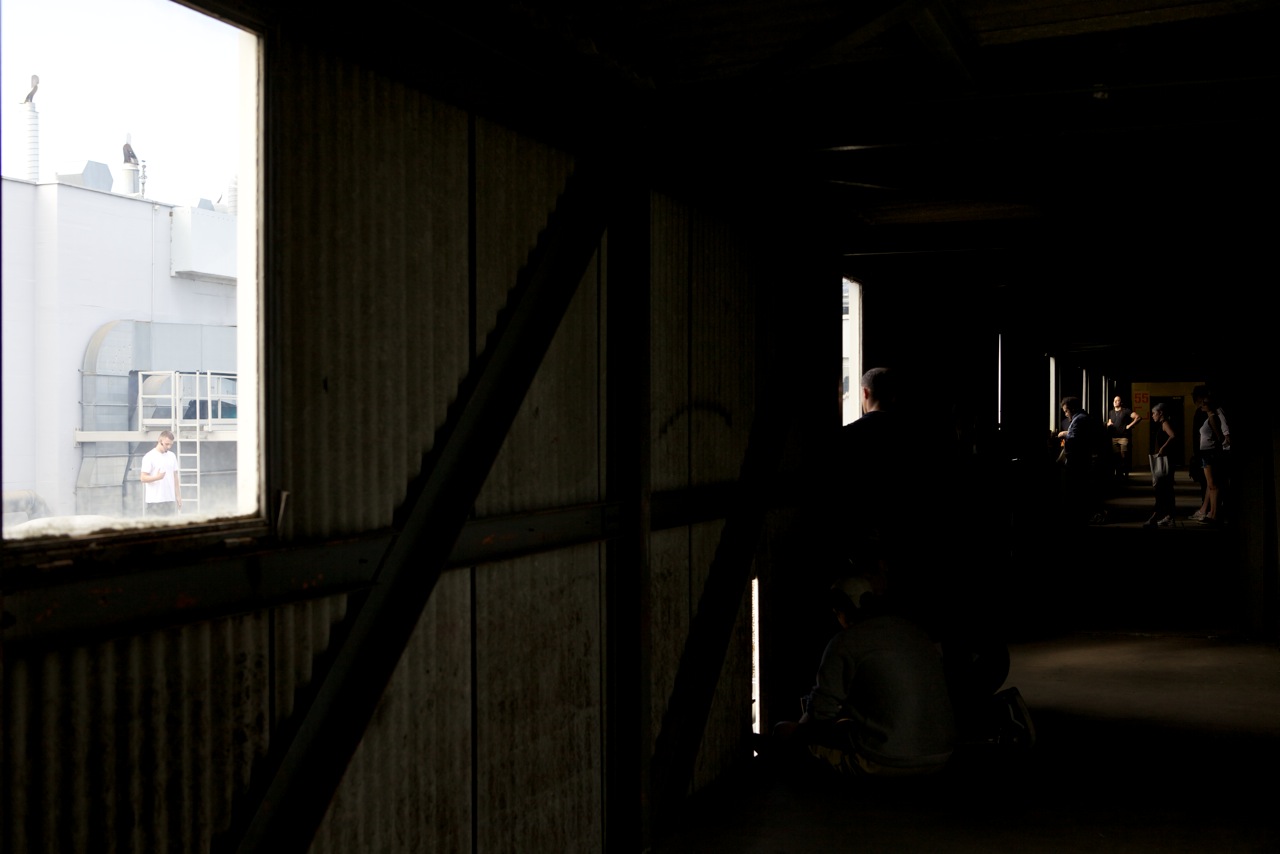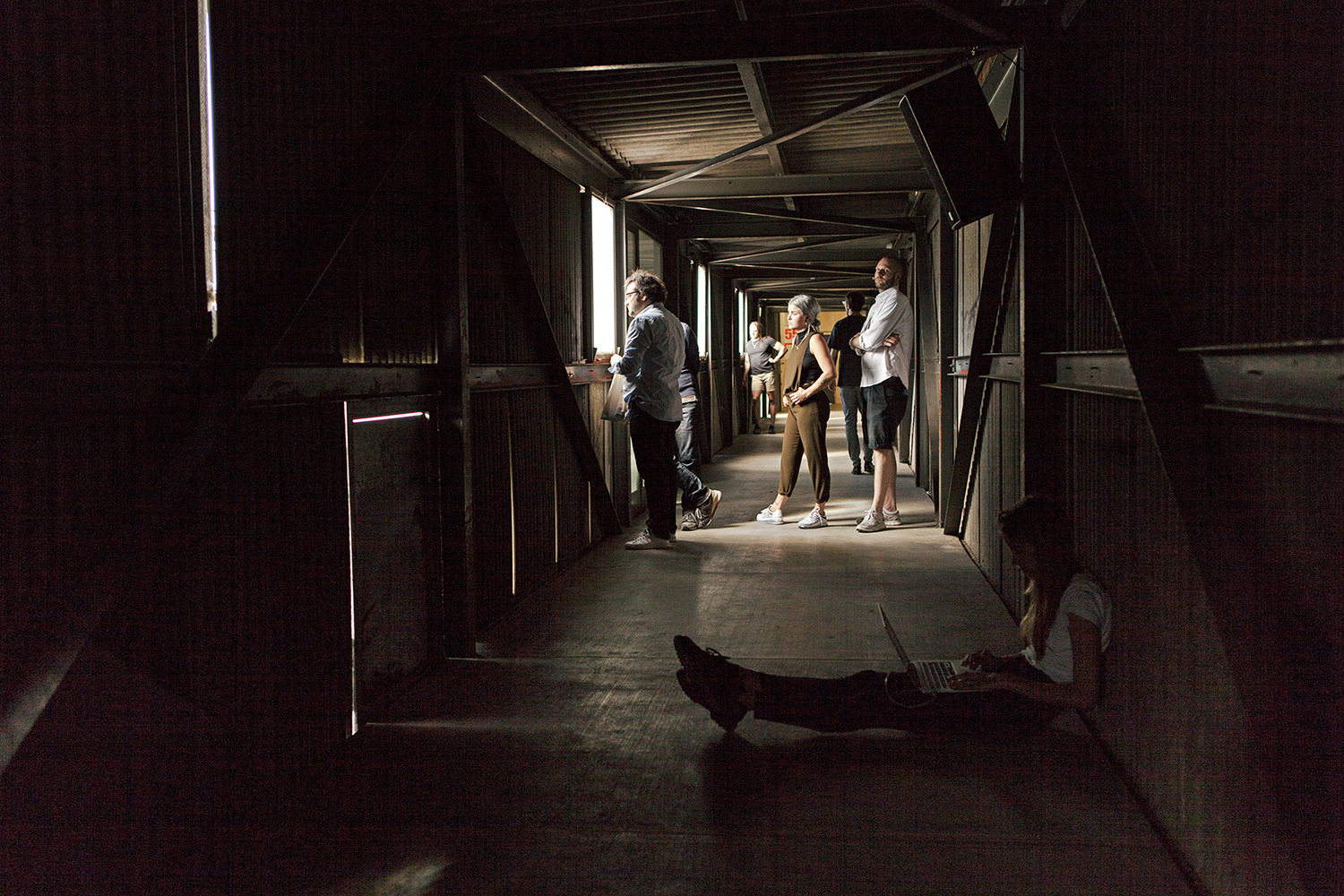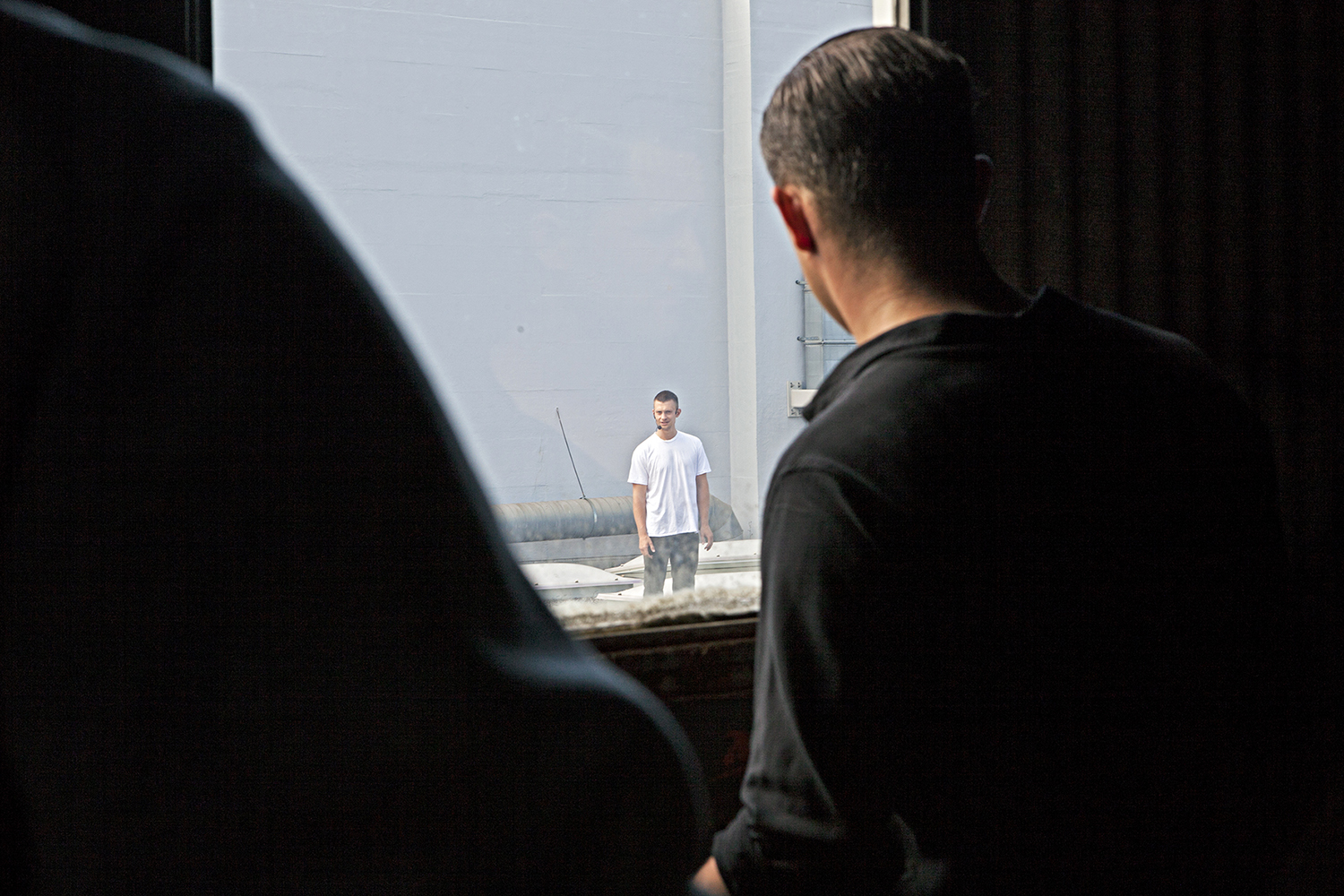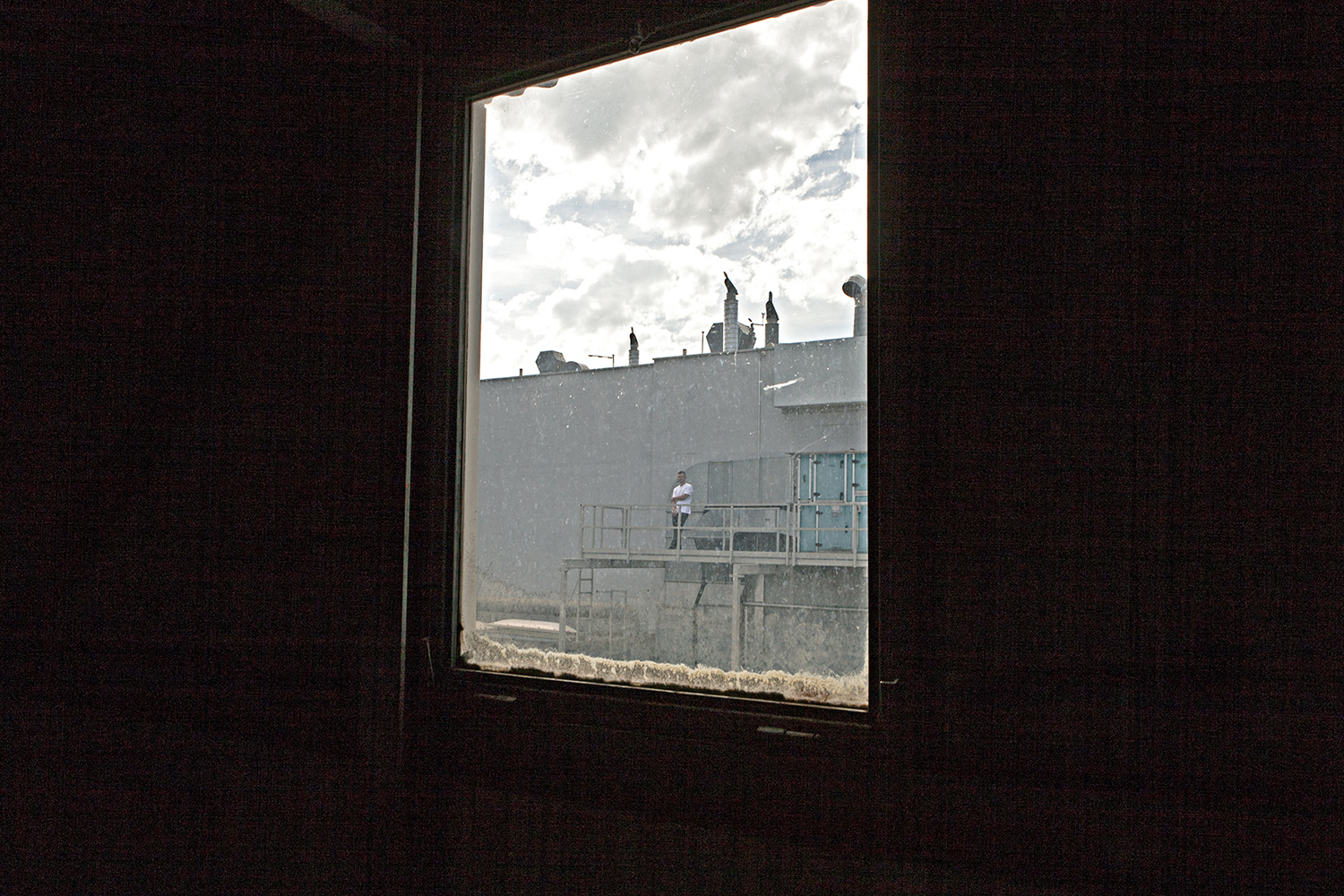The Best Answer You Can Give is Symmetry, Episode 2
13.6.2015
A performance by Lina Hermsdorf with Andrew Hardwidge, proposed by Fabian Schöneich
The Best Answer You Can Give Is Symmetry, the title of Lina Hermsdorf's piece for Taylor Macklin, could be understood as a quote. In the introduction to his book Mind and Nature – A Necessary Unit (1979), the American biologist, anthropologist, and philosopher Gregory Bateson (1904–1980) asked his students for ways to identify living creatures. After some musings and the examination of a crab, they proposed that symmetry and the balanced distribution of duplicate body parts was a key pattern uniting living things.1 It was not the first time that Bateson dealt with symmetry. In 1930, he developed the concept of schismogenesis (division into opposing factions) that investigated problematic patterns of behavior in small groups. A symmetrical schismogenesis is a competitive relation between equal partners.
The Best Answer You Can Give Is Symmetry takes this conceit and folds it around its methods. Previously shown at Städelschule in Frankfurt, the piece adapts with each new environment and responds to the architectural situation that it encounters.
A performer turns to the audience and begins to speak. He introduces himself, takes notice of the viewer, and is soon distracted by the texture of the bark of a tree. He will talk about himself and other things, like symmetry or how he came to be here, repeatedly interrupting the text by the visual withdrawal of the body, the disjunction of face and voice. The self is shown as evolving, artificial and confused, a constantly changing and (un-)learning entity. Only the monologue structure of the text holds its parts together. The choreography of the performer seems to be only partly scripted, animated in the moment.
By means of the architectural separation of performer and viewer, the performer becomes an object, a specimen that is observed by the audience. Or is the audience exhibited and examined? This very tension and symmetry opens up a discussion that Hermsdorf is familiar with from theatre as she studied at the Institute for Applied Theatre Studies in Giessen. It becomes evident why the artist is interested in Gregory Bateson theories as a way to continue the examination of the borderlines between the living and the lifeless that runs through her work. Hermsdorf manages to create a division that separates, and yet integrates, performer and audience. The progressive migration between theatre and the fine arts, the superimposition of stage and exhibition space, is not only the subject matter of The Best Answer You Can Give Is Symmetry – it is its mind.
– Fabian Schöneich





